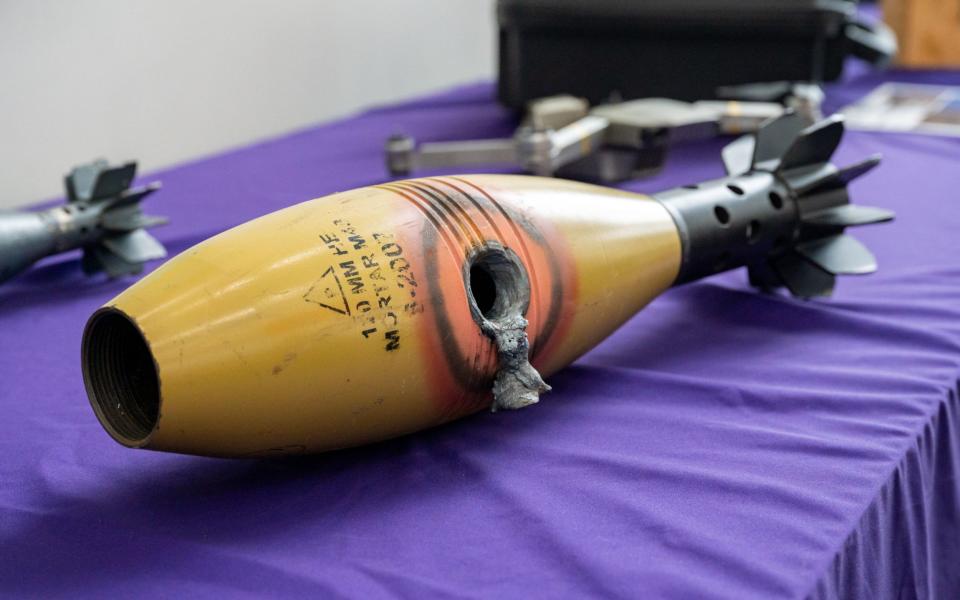 14-04-24, 11:18
14-04-24, 11:18
|
#1
|
Join Date: Feb 2011
Posts: 47,805
Thanks: 27,676
Thanked 14,458 Times in 10,262 Posts
|
 DragonFire: Royal Navy Warships to Be Fitted With NEW Laser Weapon
DragonFire: Royal Navy Warships to Be Fitted With NEW Laser Weapon
DragonFire: Royal Navys' New Game Changer Laser to Five Years Ahead of Schedule
Laser beam that shoots down drones fitted to Royal Navy ships ‘within a few years’
Forces News 14 APR 2024

DragonFire: £10-a-shot laser weapon achieves UK first. The Royal Navys' fleet is set to come fitted with a powerful new laser weapons system designed to take out drones.
 DragonFire, which can shoot down drones and missiles and even defeat enemy sensors, is set to enter service in three years' time.
DragonFire, which can shoot down drones and missiles and even defeat enemy sensors, is set to enter service in three years' time.
No longer the stuff of sci-fi, the directed energy systems will soon be a familiar sight on Royal Navy ships after the Ministry of Defence announced it is accelerating its £100m laser weapons programme to introduce them to the frontline in 2027 – five years ahead of schedule.
The laser system, which is still being developed, will be used in an air defence role, with the Navy using the £10-a-shot laser rather than fire off expensive missiles like Sea Viper. It is also a line-of-sight weapon, with its range limited to what the system can see – it can't shoot over the horizon because it's obviously a straight beam of light.
Forces News went to Dstl's Porton Down, the military's technology research centre to watch the laser being tested out on some targets.
This ranged from drones, sheets of metal and 120mm mortar shells – which saw the casing turned to molten metal.
Paul Gray from business development at QinetiQ, told Forces News DragonFire uses its targeting "very, very accurately".
"We're looking to target something about the size of a £1 coin," he said. "Once the pointing and tracking system has locked up that aim point on the target, the laser fires and laser energy is then focused on that point."
He went on: "The special thing about laser weapons systems is the ability to then hold that aim point and focus all that energy onto the target.
"The better you're able to do that, the faster you achieve the effect on the target as well.
"You burn through the outer casing, you affect what's inside and, ultimately, achieve the effect on the target that you want."
In the future though, that could well be a job for DragonFire.
The Royal Navy's Captain Matt Ryder told Forces News the laser "provides us an opportunity to lower the cost-per-shot compared to traditional interceptor missiles".
 He also said DragonFire allows the Navy to retain the "more sophisticated missiles for more challenging threats we face".
From Ukraine to the Red Sea, UAVs are an increasing threat in the battle space.
He also said DragonFire allows the Navy to retain the "more sophisticated missiles for more challenging threats we face".
From Ukraine to the Red Sea, UAVs are an increasing threat in the battle space.
Off the coast of Yemen, HMS Diamond and HMS Richmond have both shot down Houthi attack drones using conventional missiles.
|

|

|